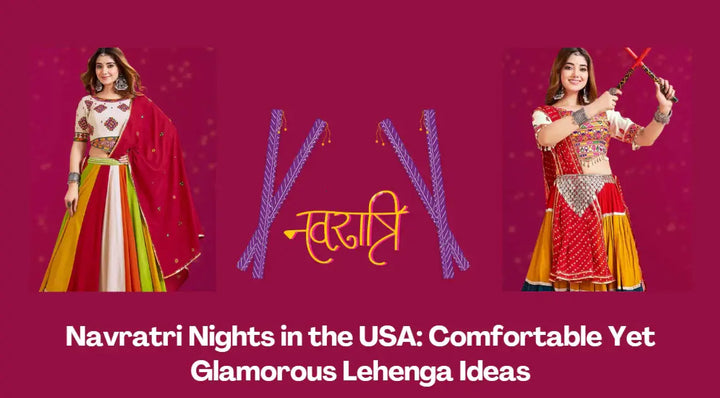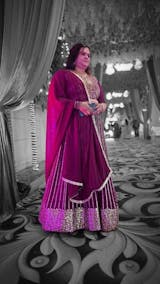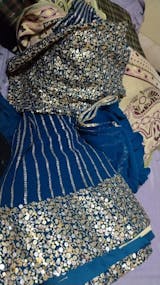Traditional South Asian clothing, the Salwar Kameez, is more than just clothing; it is a canvas embellished with exquisite embroidery, reflecting the region's diverse heritage and craftsmanship. A salwar kameez's embroidery is the result of the intricate techniques used by skilled hands to portray stories with thread and needle.
Historical Roots:
There are centuries of history behind Salwar Kameez embroidery, which has evolved with the diverse cultures and civilizations that have flourished in South Asia. A fascinating journey through Mughal, Persian, and Central Asian artistic traditions has shaped today's embroidery techniques.
Embroidery Techniques:
Zardozi:

Zardozi, which means "gold embroidery", is an intricate weaving technique that uses metallic threads, usually gold or silver, on a fabric to create a luxurious finish. The opulent embroidery adds a touch of grandeur to the salwar kameez, which makes it suitable for special occasions and celebrations as well.
Chikankari:

The Chikankari embroidery technique is born in Lucknow, the heart of India. It is a delicate and intricate form of embroidery. The artistic process of creating floral patterns through the use of white thread on pastel-coloured fabrics results in a graceful and timeless aesthetic. Chikankari is often associated with casual and semi-formal attire as a symbol of elegance and is known for its casual and semi-formal use.
Phulkari:

The artwork of Phulkari, which means "flower work" in Punjabi, involves creating a geometric pattern using brightly coloured silk threads on a plain cotton background. As well as adding vibrancy to an outfit, Phulkari embroidery also conveys a sense of story through its symbolic motifs.
Aari Work:

Aari work involves creating patterns using a hooked needle, commonly referred to as an Aari needle. This technique is popular in Northern India and displays elaborate designs, including floral motifs and geometrical patterns. The aari work enhances the visual appeal of the Salwar Kameez, making it a favourite of those who value precision in craftsmanship.
Mirror Work:

The art of mirror work is a technique from Gujarat that involves attaching small mirrors to fabrics surrounded by vibrant threadwork. This technique not only adds a reflective element but also creates an awe-inspiring effect, making Salwar Kameez ideal for festive occasions and celebrations.
The Craftsmanship Process:
Salwar Kameez embroidery is a labour-intensive process that requires skill, patience, and attention to detail. The artisans begin their process by selecting the fabric, often choosing cotton, silk, or georgette, depending on the design and occasion.
Choosing the embroidery technique requires consideration of factors such as the type of fabric, the occasion, and the wearer's preferences. An intricate embroidery process begins with skilled craftsmen sketching the design onto the fabric.
This embroidery process involves a meticulous dance between needles and threads. Each stitch is placed precisely to produce a design that is then enhanced by the artisan's expertise. Embroidered Salwar Kameez is characterized by choice of thread, density of stitches, and colour palette, which all contribute to its overall aesthetics.
Each piece of jewellery is infused with a unique narrative that is inspired by nature, cultural symbols, and traditional motifs. Embedding craftsmanship in the piece extends beyond mere decoration, becoming a way to express one's self, allowing wearers to carry a piece of their heritage with them.
Conclusion:
Zeel Clothing's thread embroidery and sequin work capture the timeless allure of Salwar Kameez. With its traditional motifs and labour-intensive details, thread embroidery demonstrates meticulous artistry and commitment to maintaining cultural heritage. With sequin work, every Salwar Kameez becomes a wearable masterpiece thanks to a keen eye for design and commitment to quality. A fusion of tradition and modernity further cements the brand's position at the forefront of Indian textile heritage.









